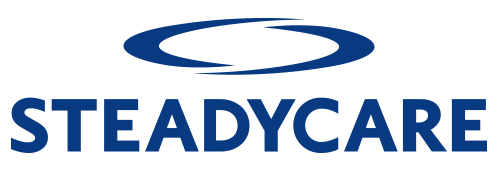In the realm of awake overnight staffing, ensuring the presence and accountability of staff members is crucial for maintaining safety and operational efficiency. Traditional methods of hourly check-ins through phone calls or websites generate a wealth of data. However, the true value lies in transforming this check-in data into meaningful information. Aggregation and analysis of awake overnight staff check-in data can provide valuable insights, identify patterns, and drive improvements in staff performance and group home operations.
The Power of Data Aggregation
By leveraging advanced technology and platforms like Steadycare Check-in Plus, awake overnight staff check-in data can be efficiently put into a comprehensive database. This data holds immense potential to uncover trends and patterns that would otherwise remain hidden.
Identifying Missed Check-Ins
Analyzing the check-in data allows for prompt identification of missed check-ins, helping you address potential issues and ensure adherence to protocols. This real-time information enables proactive intervention and mitigates the risks associated with the awake overnight shift.
Tracking Punctuality and Accountability
With awake overnight staff check-in data, it becomes possible to monitor and evaluate staff punctuality. Identifying consistent lateness or missed check-ins can help pinpoint areas for improvement and provide opportunities for further training or support. It fosters a culture of accountability among staff, ultimately enhancing overall operational efficiency and resident care. Using this information can also guide where your agency focuses supervisor spot checks.
Benchmarking and Performance Comparison
Aggregating check-in data across multiple home locations allows for benchmarking and performance comparison. Analyzing the data across various locations provides insights into which group homes consistently maintain higher rates of on-time check-ins and show better overall check-in statistics. This information enables you to identify best practices and implement strategies for improvement throughout your facilities.
Driving Operational Improvements
The transformation of check-in data into actionable information empowers agencies to make data-driven decisions. Armed with insights regarding staff performance, agencies can implement targeted training programs, incentivize punctuality, or allocate resources more effectively. This leads to enhanced staff performance, reduced incidents, and improved satisfaction.
Enhancing Resident Safety and Care
By analyzing awake overnight staff check-in data, agencies gain valuable information that directly impacts resident safety and care. Timely identification of sleeping or non-present staff allows for immediate corrective action, ensuring that residents receive the attention and support they require. This proactive approach mitigates risks and contributes to a safer and more secure environment within group homes.
Continuous Improvement and Adaptation
Regular analysis of check-in data creates a feedback loop that promotes continuous improvement and adaptation. By monitoring trends over time, agencies can identify patterns and adjust staffing schedules or training programs accordingly. This iterative process enables agencies to optimize operations, and enhance staff performance.
The value of awake overnight staff check-in data extends far beyond mere compliance monitoring. By harnessing the power of data and analysis, agencies can transform check-in data into actionable information that drives meaningful improvements. From identifying missed check-ins to fostering staff accountability and benchmarking performance across group homes, the insights derived from this data empower agencies to enhance resident safety, optimize operations, and provide exceptional care. Embracing the potential of awake overnight staff check-in data is an investment in continuous improvement and the well-being of both staff members and residents within group home settings.

